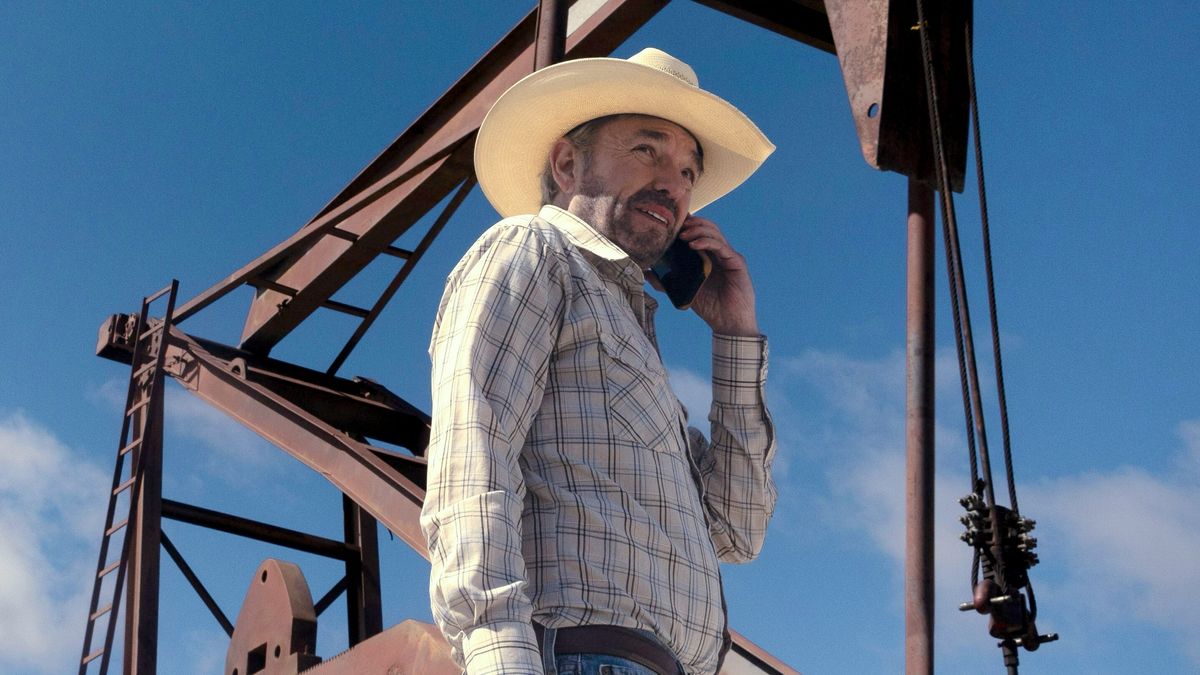The Voyager 1 and 2 probes have been on a remarkable journey. Since their launch in 1977, they have traveled through the solar system, past several of the outer planets, and headed out beyond the borders of the solar system and into interstellar space. They are the most distant man-made objects in the universe, and they are still going — even 47 years after they first left Earth.
Keeping the old technology running for this long hasn’t been easy, though. Various instruments have had to be turned off in order to save power, and the probes have had their share of computer glitches to deal with. But they continue to collect science data to this day, revealing information about the composition of space beyond the sun’s influence and viewing events far beyond our planet.
This is possible thanks to the incredible longevity of the spacecraft, which have kept working through all sorts of challenges. When you consider how often a new phone or computer starts to fail within a few years, it’s deeply impressive that the spacecraft have run for nearly five decades. As John Casani, a former Voyager project manager from 1975 to 1977, explained, “we didn’t design them to last 30 years or 40 years, we designed them not to fail.”
Part of that design philosophy is about redundancy, an important principle for all space hardware. The idea is to have backups of everything, so when one component stops working, there is a spare on board ready to take over. That even applies to having two Voyager probes, according theto current project manager of Voyager, Suzanne Dodd: “[Voyager] was designed with nearly everything redundant. Having two spacecraft — right there is a redundancy.”
Just last month, the Voyager 1 probe experienced a problem with its thrusters that was caused by a clogged fuel tube. The tube should have had an opening of around 0.01 inches in diameter, but a buildup of silicon dioxide had reduced that to 0.0015 inches, and this was making the thrusters far less effective than they should have been. The spacecraft does have other thrusters it can use instead, but switching over was a delicate and careful process that required using significant power to warm them up first.
There’s a trad-eoff between getting more thrust, for example, and the risk to the science instruments that occurred when they had to be temporarily shut off to warm up the other thrusters.
“All the decisions we will have to make going forward are going to require a lot more analysis and caution than they once did,” Dodd said of the repair.
The challenges of working on such an old mission include dealing with outdated programming languages and extremely limited resources — not to mention the communications delay. As Voyager is so far away, it takes almost a full 24 hours to send a signal and another day to receive a response. People have been brought out of retirement to help fix the spacecraft, working with newer engineers to come up with creative solutions.
“From where I sit as a project manager, it’s really very exciting to see young engineers be excited to work on Voyager. To take on the challenges of an old mission and to work side by side with some of the masters, the people that built the spacecraft,” Dodd said. “They want to learn from each other.”




















 English (US) ·
English (US) ·